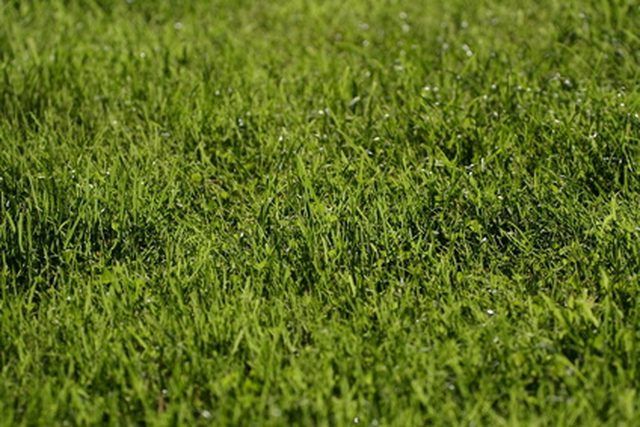Bulbs
Flower Basics
Flower Beds & Specialty Gardens
Flower Garden
Garden Furniture
Garden Gnomes
Garden Seeds
Garden Sheds
Garden Statues
Garden Tools & Supplies
Gardening Basics
Green & Organic
Groundcovers & Vines
Growing Annuals
Growing Basil
Growing Beans
Growing Berries
Growing Blueberries
Growing Cactus
Growing Corn
Growing Cotton
Growing Edibles
Growing Flowers
Growing Garlic
Growing Grapes
Growing Grass
Growing Herbs
Growing Jasmine
Growing Mint
Growing Mushrooms
Orchids
Growing Peanuts
Growing Perennials
Growing Plants
Growing Rosemary
Growing Roses
Growing Strawberries
Growing Sunflowers
Growing Thyme
Growing Tomatoes
Growing Tulips
Growing Vegetables
Herb Basics
Herb Garden
Indoor Growing
Landscaping Basics
Landscaping Patios
Landscaping Plants
Landscaping Shrubs
Landscaping Trees
Landscaping Walks & Pathways
Lawn Basics
Lawn Maintenance
Lawn Mowers
Lawn Ornaments
Lawn Planting
Lawn Tools
Outdoor Growing
Overall Landscape Planning
Pests, Weeds & Problems
Plant Basics
Rock Garden
Rose Garden
Shrubs
Soil
Specialty Gardens
Trees
Vegetable Garden
Yard Maintenance
How to Seed & Fertilize Your Lawn in the Spring
How to Seed & Fertilize Your Lawn in the Spring. One of the best techniques to use to thicken your lawn is to apply an appropriate grass seed and fertilizer to the existing turfgrass in the spring. Applying new grass seed in the spring will allow the seed to germinate, sprout and become well established before the weather becomes too hot in mid- to...

One of the best techniques to use to thicken your lawn is to apply an appropriate grass seed and fertilizer to the existing turfgrass in the spring. Applying new grass seed in the spring will allow the seed to germinate, sprout and become well established before the weather becomes too hot in mid- to late-summer. Fertilizer will help the both new seed and the existing turfgrass to grow healthily. When the new seed is established the whole turf will be thick, green and welcoming.
Things You'll Need
Lawn mower
Metal rake
Plastic yard bags
Seed/fertilizer spreader
Peat moss
Overseed in the spring when the existing turfgrass is still dormant. Mow the lawn so it is closely cropped to the soil. Remove existing thatch, if any, with a metal rake. Rake all of the thatch into a pile put it into plastic yard bags. Take the thatch to a green waste dump for recycling.
Spread new grass seed. Rotary spreaders or drop spreaders make spreading grass seed evenly and uniformly quite easy. Different spread rates will apply differing amounts of seed to the existing turf.
Apply a starter fertilizer according to package specifications.
Spread a thin (1/8 inch to 1/4 inch) layer of peat moss over the seeded and fertilized turfgrass. The peat moss will help protect the seeds and help the seeds sprout. Keep the turfgrass consistently moist. The moisture will help the seeds to sprout in a timely manner.
Continue to water the turfgrass regularly until the new grass becomes long enough to mow for the first time. Mow the new grass when the blades are long enough that the mower will remove the top third of the length of the blade.
Apply another course of fertilizer to the over-seeded lawn after six to eight weeks to continue to deliver the needed nutrients to the over-seeded turf. The fertilizer will also help to keep the lawn thick and green.